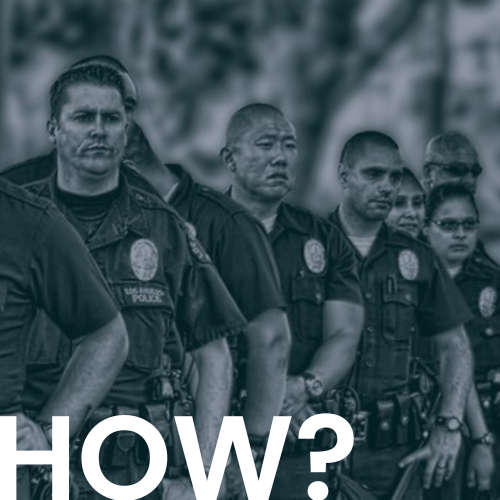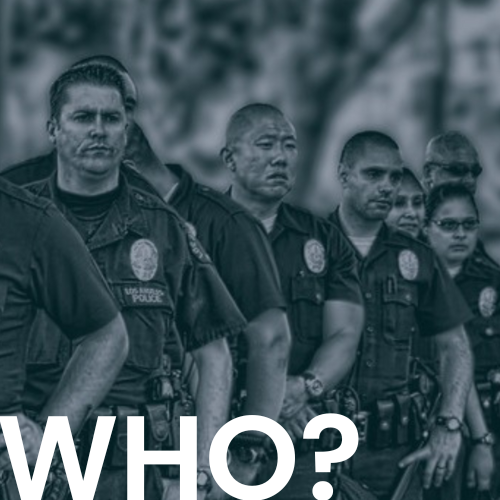Circumstantial
Circumstantial evidence describes information that doesn't directly connect a defendant to a crime but implies connection to it. Examples of circumstantial evidence include:
-
An eyewitness account stating that the defendant was in the vicinity of a crime around the time it occurred
-
Fingerprints at the scene of a crime taken from a location where the defendant would be present anyway, such as at their home or workplace
-
A witness claim that the defendant stated threats or said they would commit the crime before it occurred
These examples don't directly prove that a defendant is guilty, but they provide background or context to a crime. Attorneys often rely on circumstantial evidence if direct evidence isn't available or compile a timeline of a crime.






![Peace Officer Standards & Training [POST] Departments Peace Officer Standards & Training [POST] Departments](/sites/default/files/styles/large/public/2023-07/Brady.png?itok=xsIFvU8R)
![Organizations [Law Enforcement et al.] Organizations [Law Enforcement et al.]](/sites/default/files/styles/large/public/2023-07/Brady%20%282%29.png?itok=H7Pj15F8)

